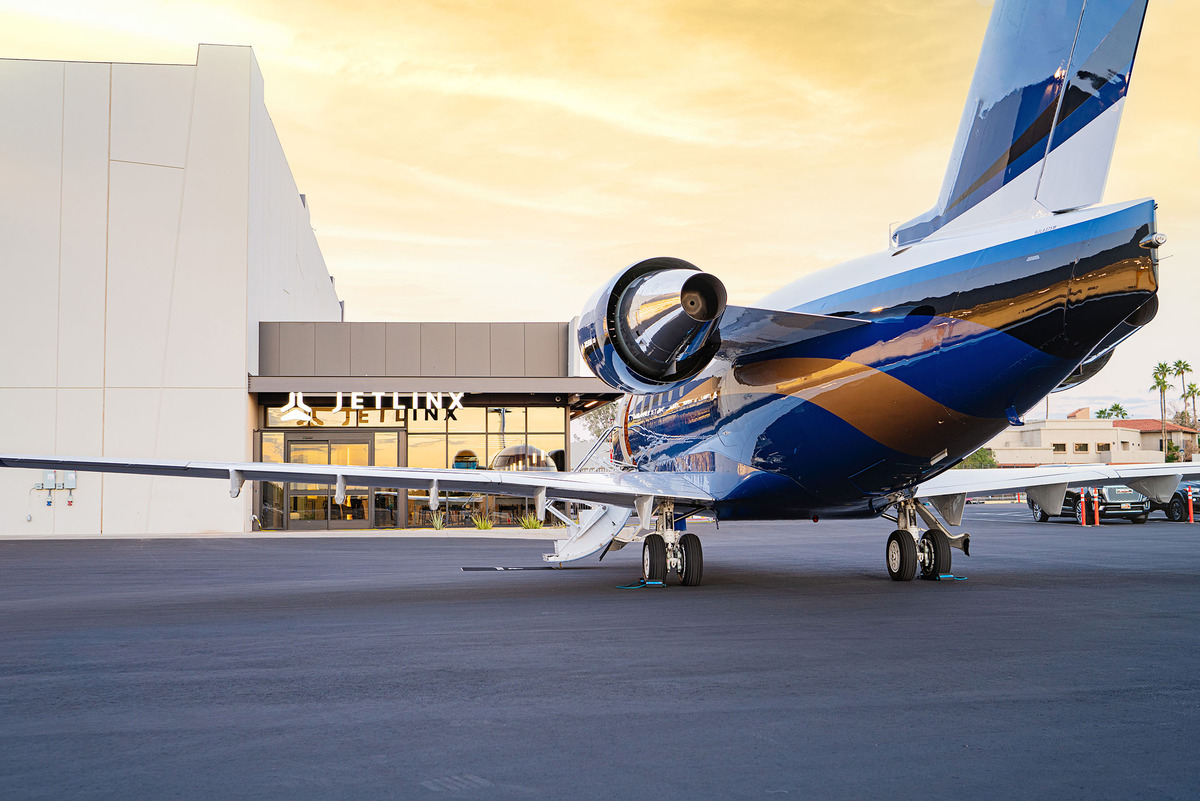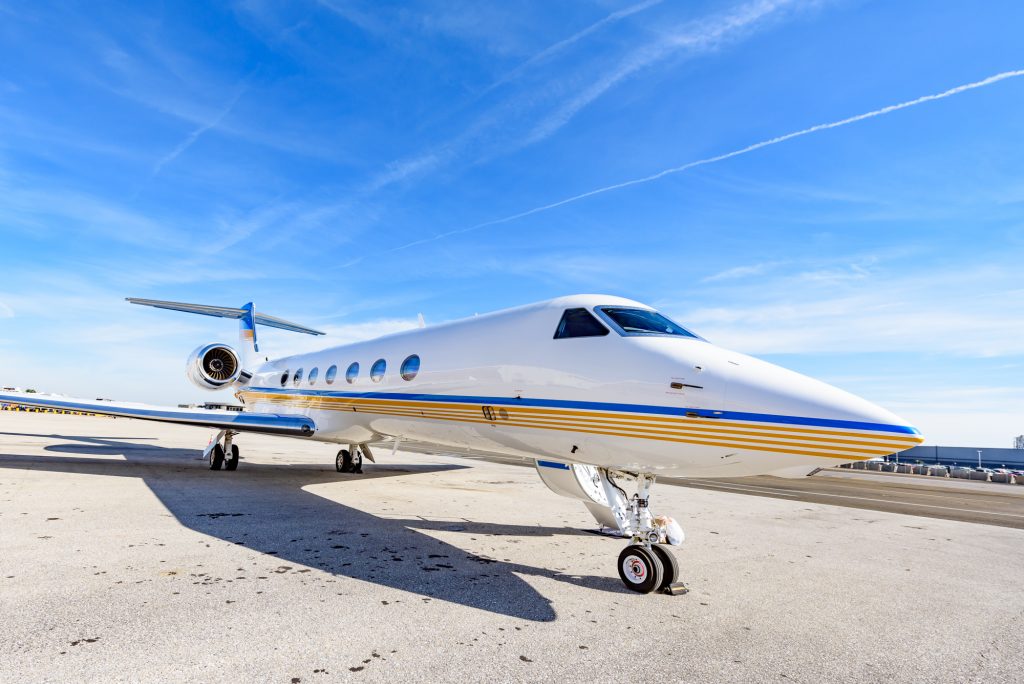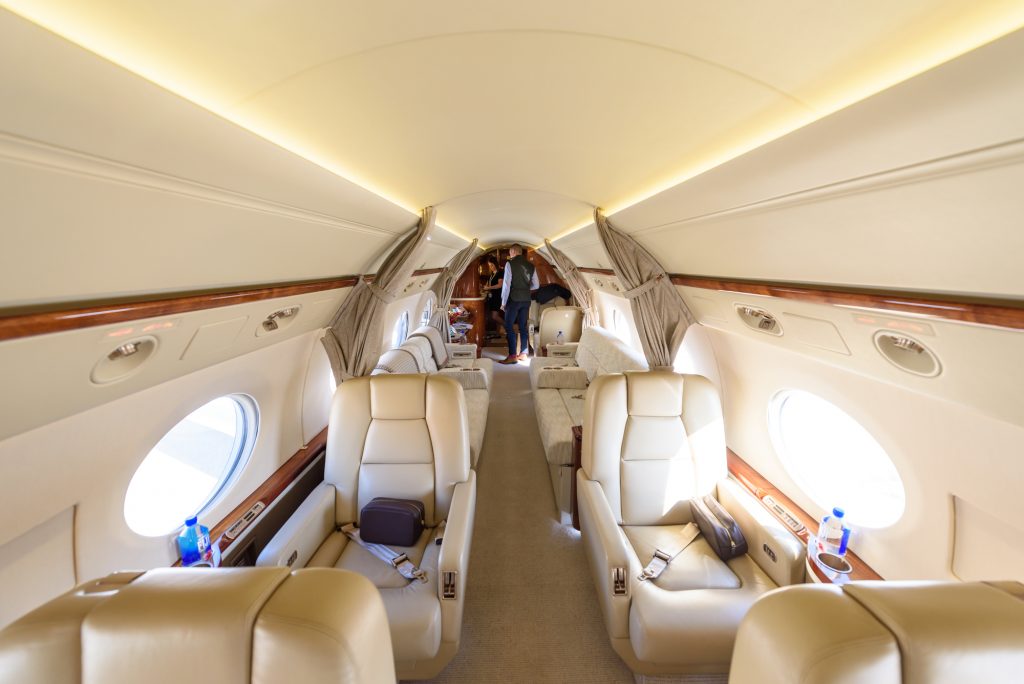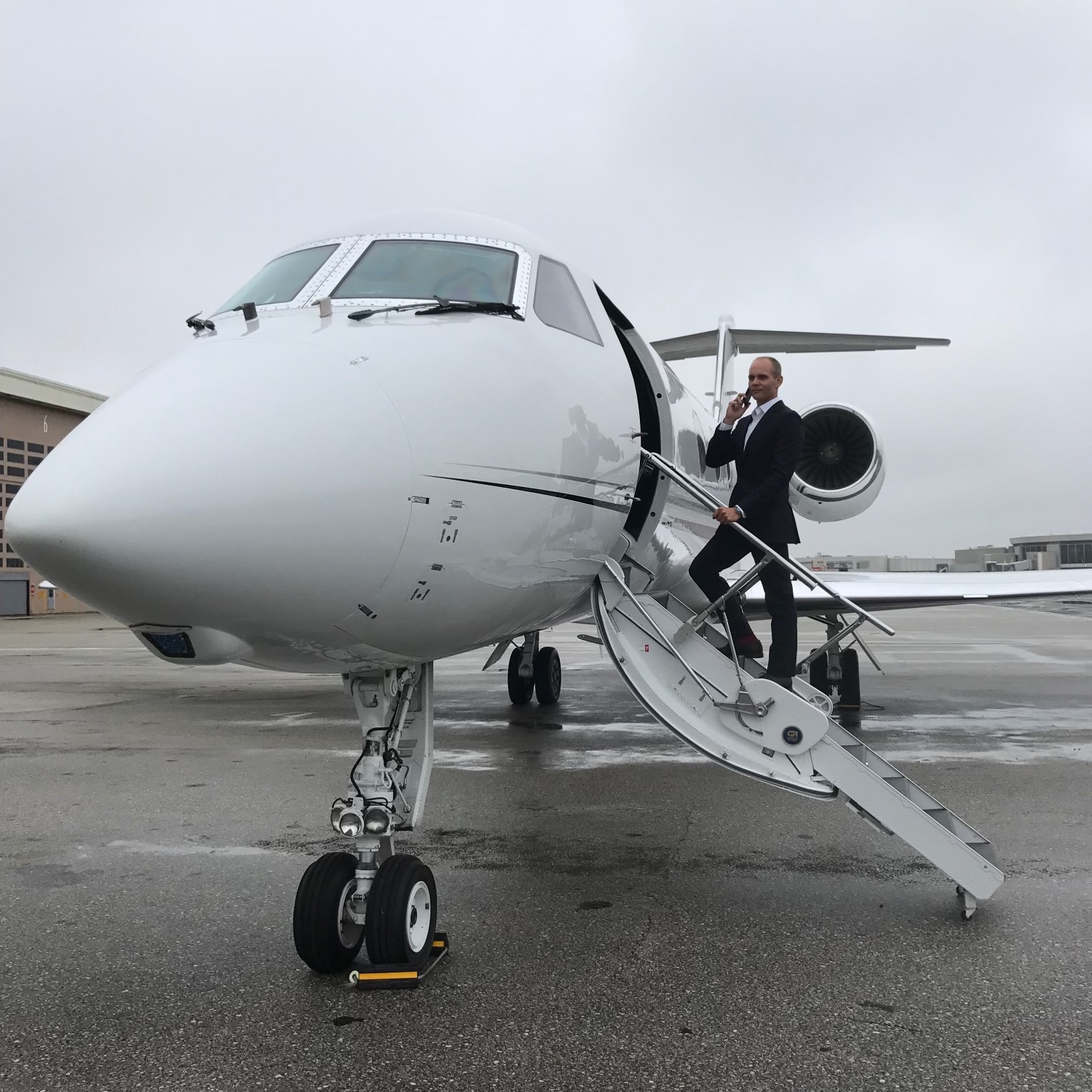After a stunning increase in demand due to the global coronavirus pandemic, private aviation has remained relatively stable amid uncertain economic times. Though stumbling blocks remain, on the bright side, the industry has seen continued innovation in terms of sustainability initiatives. For a deeper look ahead, we tapped multiple aviation experts for an exploration of private aviation trends and challenges for 2025 and beyond.
Doug Gollan is president and founder of Private Jet Card Comparisons, a data-based buyers guide to jet cards, memberships and fractional ownership programs. He notes, “The industry enters 2025 coming off its third-best year ever in terms of flying with a strong end-of-year surge. Private Jet Card Comparisons subscribers project they will fly 42.7 hours in the next 12 months, up from 42.4 hours the year before. What’s more, 95.4 percent of the consumers who started flying since the Covid pandemic have stayed with private aviation, demonstrating that it’s a product customers like, and once they try it on a regular basis, come back for more.”
Jamie Walker, Chairman of Jet Linx, states, “the industry has found new footing after the seesaw of demand and rising costs from previous years.” Gregg Brunson-Pitts, founder and CEO of Advanced Aviation Team, continues, “Private aviation is thriving as more individuals and businesses recognize the value of flexible, time-saving travel solutions. While demand has leveled off after the post-pandemic surge, our clients today are more sophisticated and selective, placing a higher premium on comfort, personalization and overall experience. It’s no longer just about getting from point A to point B—it’s about creating a seamless, luxury journey that caters to every detail, from ground services to in-flight amenities.”
David McCown, president of the Americas for global aircraft charter specialist Chapman Freeborn, adds, “While globally, the outlook is varied, in the US the trend is clearly positive. In the charter market, we see growing year-over-year demand . . . January year-over-year departures for Chapman Freeborn in the US are trending above industry, up over 20 percent, and we see solid trip requests for future travel even into the summer months.”
Sustainability at the Forefront
As with travel as a whole, sustainability is a key trend to focus on moving ahead. “The continued rollout of Sustainable Aviation Fuel (SAF) is likely the biggest thing to watch in 2025 due to the progress made last year. There is a lot of positive momentum to continue pushing this important initiative to the forefront,” shares Walker of Jet Linx. Brunson-Pitts agrees, adding, “Sustainability remains front and center, with more clients asking about carbon offsets and sustainable aviation fuel, which is becoming more widely available, including at key airports like Teterboro (TEB) and Washington Dulles (IAD).” He says, “Operators and FBOs are steadily integrating greener solutions into their operations, and the industry is moving toward a future where sustainability isn’t just a luxury—it’s the new standard.”
McCown shares, “Regarding sustainability, the US withdrawal from the Paris Climate Agreement should not hinder aviation’s progress towards a sustainable future. Many Global (non-US) companies who [operate] within the US still have emissions reduction targets to meet which will require the same amount of focus from US-based operators and businesses.” According to McCown, this includes advancing alternative aviation fuel production, using sustainable fuels and developing aircraft and engines compatible with these initiatives. “Globally, the industry’s push for emission reductions should drive innovation, create value and generate employment opportunities both in the US and worldwide,” he says.
Gollan notes that in his experience, it’s the industry advancing the sustainable initiative rather than the consumer. “While sustainability continues to be a major push from the industry side, only 29.2 percent of Private Jet Card Comparisons subscribers say these programs will factor into the next time they choose a provider, so from a consumer point of view, changes to program policies and rules will continue to be the most important factors,” he explains.
Popular Aircraft
In terms of what private aviation travelers want for 2025 and beyond, there’s lots to report. “We’re seeing increased demand for larger cabin aircraft, particularly for longer international trips. Clients are prioritizing space and comfort, with a focus on the ability to work, relax and connect with family or colleagues seamlessly while in the air,” says Brunson-Pitts. He adds, “At the same time, new aircraft like the Gulfstream G700 are entering the market, creating a ripple effect on the availability of older-generation jets like the G650 and G550. Looking ahead, the expected certification of the Bombardier Global 8000 this year and the Falcon 10X in 2027 will further expand options for travelers seeking the latest in performance and luxury.”
Jet Linx data post pandemic shows the same trend. “From 2020 to 2025, we’ve seen light jet flights drop by 22 percent, while super midsize grew by 41 percent and heavy jet grew by 184 percent. Midsize jet flights have remained flat. International flights grew by a combined 76 percent across all size categories since 2020,” Walker shares.
Gollan notes that for fractional ownership and jet card users, it’s often about being able to stand up in the plane’s cabin if you are tall. “There is a lot of interest in seeing a dedicated Praetor 500 card to cover the midsize segment—but to this point, we’re still waiting. Challenger 300 series is very popular for the super-midsize segment. Both cabins are six feet high,” the Private Jet Card Comparison founder shares.
Chapman Freeborn’s McCown states, “we are seeing a demand trend towards newer aircraft, in part due to the perception that they are safer [and] more reliable (incurring fewer mechanicals).” He also notes that customers are increasingly looking for larger business aircraft, even for shorter trips, sharing that, “Phenom 300s are a favorite, and Citation Latitudes/Longitudes and Embraer Praetors are becoming increasingly popular.”
- Gulstream G550
- Gulfstream G550
Challenges
As is true almost across the board, rising costs continue to affect the private aviation industry. These higher costs have pushed a segment of users out of the marketplace, according to Walker. “Therefore, demand isn’t as robust as it should be with a growing economy and the bull market results of 2024,” he concludes. “Going into 2025, the industry will continue to consolidate due to the challenges of higher costs, a shortage of talent and soft demand. These challenges are compounded for the smaller companies who haven’t yet reached the economies of scale needed to weather the current marketplace,” Walker explains. “New technology will continue to help the industry find greater efficiencies, but not at a rate quick enough to improve earnings or lower costs for the end users,” he adds.
Gollan points to supply chain interruption as another core issue facing private aviation today. “This has made it more difficult for operators, particularly regarding older aircraft where there are still shortages of parts, which means aircraft are on the ground longer. With pricing stabilizing, operators will also see margins squeezed as they deal with increased costs from pilot and general wages to various fees,” he says.
But on the whole, there’s still much to look forward to in terms of private aviation. “Our industry continues to evolve to meet the needs of a more diverse client base. While business and corporate travel remain a core driver, particularly for privacy and security purposes, we’re seeing more families and individuals choosing private jets for leisure travel—whether to explore remote destinations that are hard to reach or to avoid the unpredictability of commercial air travel,” shares Brunson-Pitts. “It’s ultimately about creating an experience that prioritizes convenience, safety and time efficiency,”








